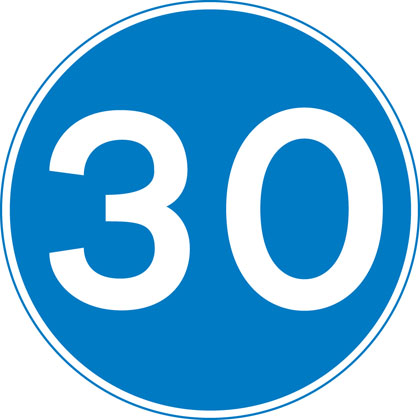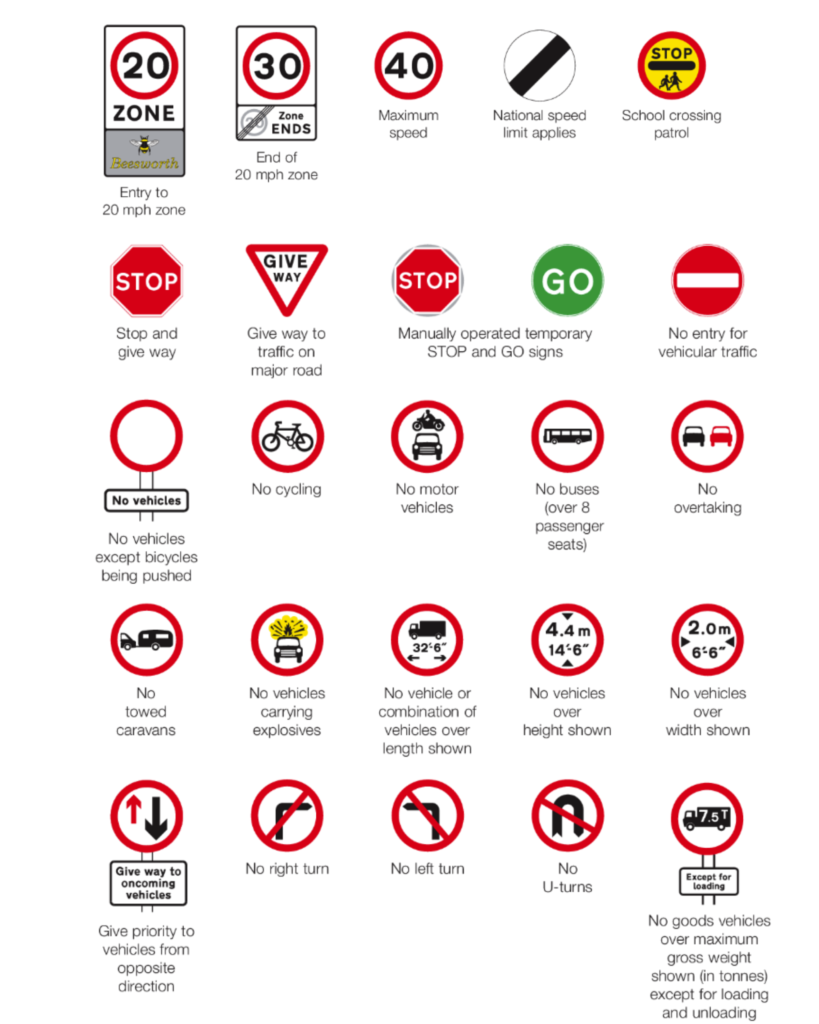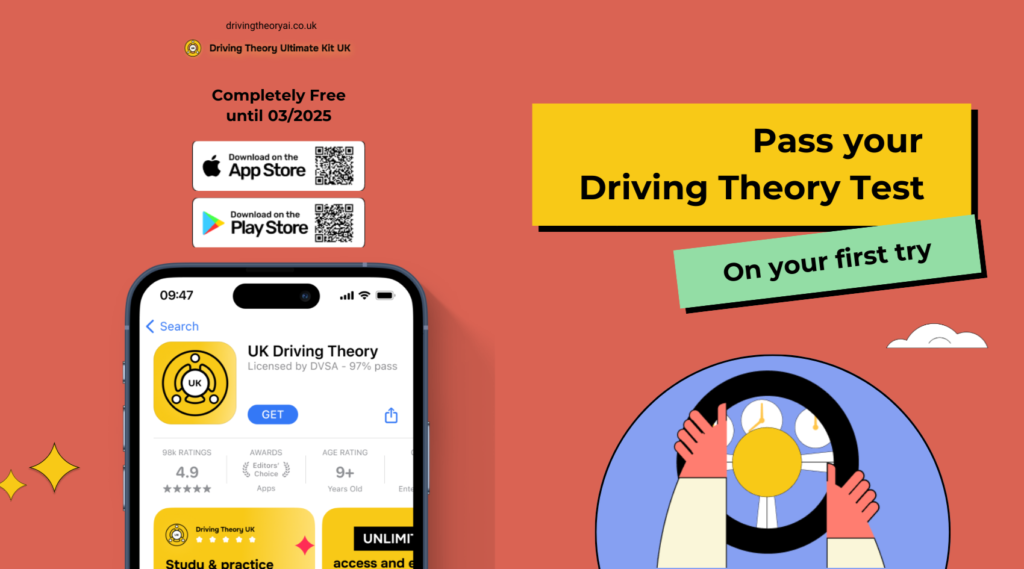Road signs are more than just colorful decorations lining our highways; they are crucial tools for safe and efficient driving. Whether you’re a new driver, preparing for your theory test, or simply refreshing your knowledge, understanding UK traffic signs is essential. Let’s delve deeper into the various types of traffic signs to ensure you’re well-prepared for the road ahead.
Road signs in the UK are meticulously designed to convey vital information, warn of potential hazards, and instruct drivers on the rules of the road. They come in various shapes, colors, and sizes, each serving a specific purpose to keep traffic flowing smoothly and safely.
To see all the traffic signs in the UK, you can access Know Your Traffic Signs, provided by GOV.UK.
More related articles:
Table of Contents
Signs that Give orders
These signs are primarily circular and are categorized based on their color and border:
- Red Circles: Indicate prohibitive actions. For example, a red circle with a number denotes the maximum speed limit.
- Blue Circles: Generally give mandatory instructions, such as ‘turn left,’ or indicate routes available only to particular classes of traffic, like buses and cycles.




Warning Signs
These signs are typically triangular with red borders and are designed to alert drivers to potential hazards ahead. They cover a wide range of warnings, from sharp bends and junctions to pedestrian crossings and road narrows.


Information Signs
Rectangular in shape, these signs provide essential information to road users:
Blue Rectangles: Used for information signs except on motorways, where blue is used for direction signs.
Green Rectangles: Indicate directions on primary routes.
White Rectangles: Used for direction signs on non-primary routes or for plates used in combination with warning and regulatory signs.

Exceptions to the Rules
Some road signs in the UK deviate from the standard shapes and colors to ensure greater prominence:
‘GIVE WAY’ Sign: An inverted red triangle with the words ‘Give Way’ inscribed, instructing drivers to yield to traffic on the major road ahead.

‘STOP’ Sign: A red octagon with white lettering, indicating that drivers must come to a complete stop and ensure the junction is clear before proceeding.

Other signs
There are additional categories that learners should familiarize themselves with to ensure comprehensive road safety knowledge:
1. Road Work Signs
These signs are crucial for alerting drivers to temporary changes due to construction or maintenance activities. They are typically rectangular with a yellow background and black symbols or text. Common examples include:
Temporary Lane Closures: Indicate that certain lanes are closed ahead and guide drivers on merging instructions.
Diversion Routes: Provide alternative paths to navigate around roadworks.
Loose Chippings: Warn of gravel or loose stones on the road surface, advising reduced speeds to prevent damage.

2. Low Bridge Signs
These signs alert drivers, especially those operating taller vehicles, to upcoming bridges with limited clearance. They are typically triangular with red borders and display the maximum height allowed. It’s essential to heed these warnings to prevent collisions.

3. Direction signs
These signs provide information about exits, services, and regulations for motorways (blue signs) and primary routes (green signs)


You can watch this video for a more interactive illustration:
By familiarizing yourself with these essential traffic signs, you not only enhance your driving skills but also contribute to safer roads for everyone. So, next time you’re behind the wheel, remember to keep an eye out for these signs—they’re there to guide you every step of the way.
You Are Ready!
Approaching your driving test with a calm and confident mindset can make all the difference. By preparing early, adopting a positive attitude, and treating the test as another lesson, you’ll set yourself up for success.
Remember, passing isn’t about perfection – it’s about driving safely and responsibly. Take a deep breath, trust in your preparation, and know that you can do this!
___________________________________
Looking to boost your confidence even further? Try our free driving theory app. It’s designed with smart tools and multilingual support to help you ace your theory test and take the next step toward driving success. Download it today!


